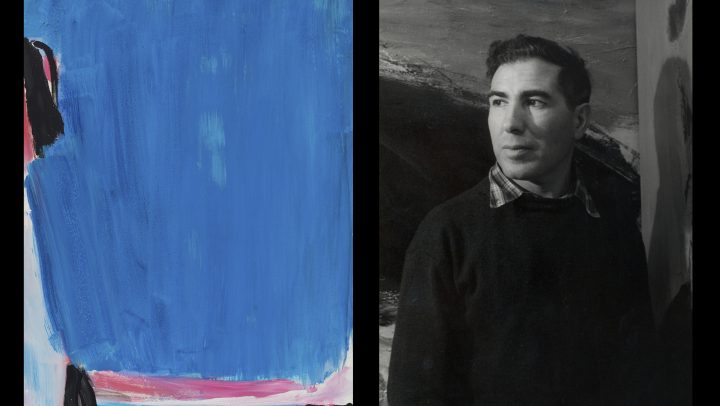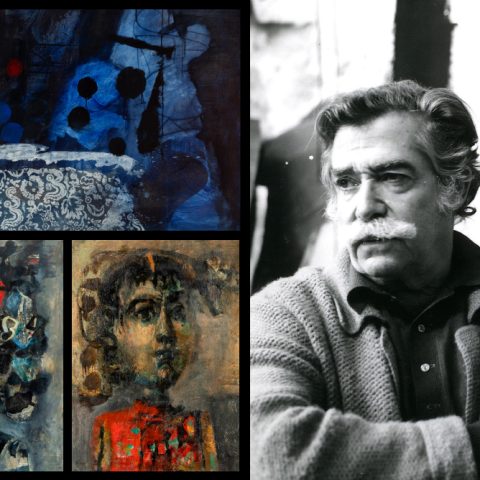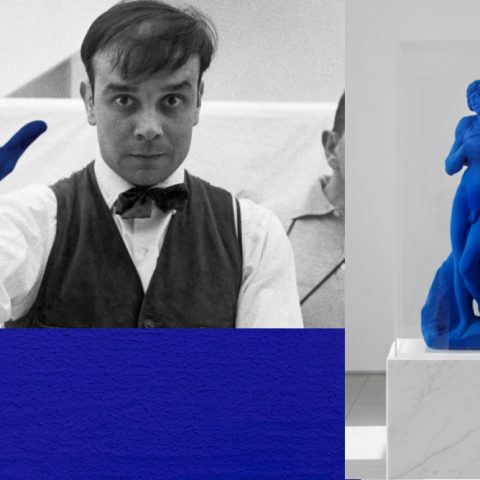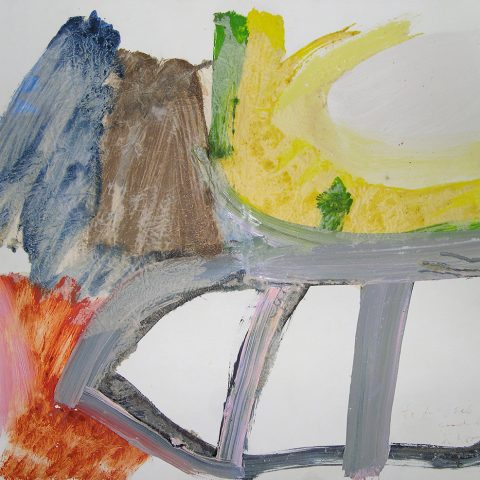José Guerrero has established himself as one of the fundamental references of contemporary Spanish painting. His career, as intense as it is personal, shows us the incessant experimentation and continuous evolution of an artist who, even shortly before his death, continued to create with the same dedication with which he achieved success and resounding recognition at an international level His land of origin, his link with Federico García Lorca or his American adventure, are just some of the events that deeply marked the development of a professional career, intimately linked to his life experiences.
The Granada-born artist arrived in the United States in November 1949 to begin the stage that would forever transform his work. With a background marked by the work of the great masters of the European avant-garde, Guerrero settled in the capital of modern art. In a city of New York that was dominated by the apogee of abstract expressionism, the painter from Granada was able to come into direct contact with the trends of action painting. The shock caused by Pollock’s works awakened in him a voracious hunger for modernity and freedom, which led him, years later, to become one of the members, along with great names of the movement such as Rothko, Klein or Motherwell, of the so-called New York School.
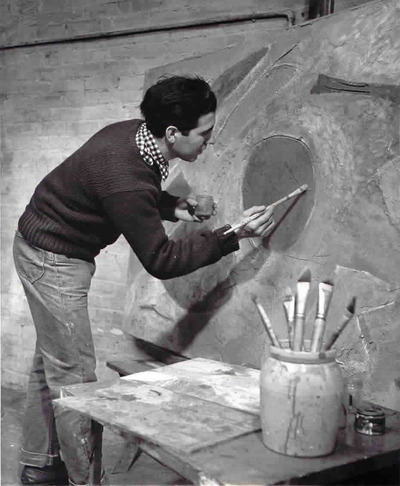
After an American journey that placed him on the map of international contemporary art, Guerrero decided to return to Spain motivated by two key factors: the opening of Juana Mordó’s gallery in Madrid in 1964 and the meeting with Fernando Zóbel, who would inaugurate the Museo de Arte Abstracto Español (Museum of Spanish Abstract Art). Thus, the artist settled in the town of Filigrana (Malaga) where, in the midst of the nature of his native Andalusia, he found the refuge in which to develop his new creative stage.
Despite the brevity of this period, Guerrero reached a maturity that, as the work on tender testifies, would mark the rest of his artistic career. In this evocative work, the artist recreates in an abstract and lyrical way the landscape of Frigiliana. Moving away from the gestuality of action painting that marked his previous stage, Guerrero turns the reality of Andalusian villages into a visual poetry, where the subtle use of glazes and color fields that remind us of Rothko’s influence, recreate the unique and concrete atmosphere of the place where Guerrero spent the last years of his life.

The large surfaces of color barely stretched by the discordant stripes that have been common since then, are translated in this canvas into a blue monochrome background that reminds us of the gates and lattices of the white villages of Andalusia. The tension contained within the limits of the canvas itself emerges thanks to the subtle touches of black and pink with which it evokes the flamingos that populate the salt flats of the area, achieving a visual rhythm that transforms the painting into a window into the artist’s most intuitive and emotional creative universe.
Works like the present one remind us that Guerrero’s work would never have been the same without the overflowing gushes of color of Pollock, the color fields of Rothko, or the large black structures delimited with absolute precision of Motherwell. But neither without the indelible residue of his roots, in which his friendship with the Garcia Lorca family or the trace of the black Spain of the Civil War shaped that battlefield turned into a canvas, where Guerrero undressed and confronted his life experiences.
The freedom and purity that his canvases shouted since then continues to captivate us as much as when his name was recognized around the art world as one of the great exponents of international abstraction.

